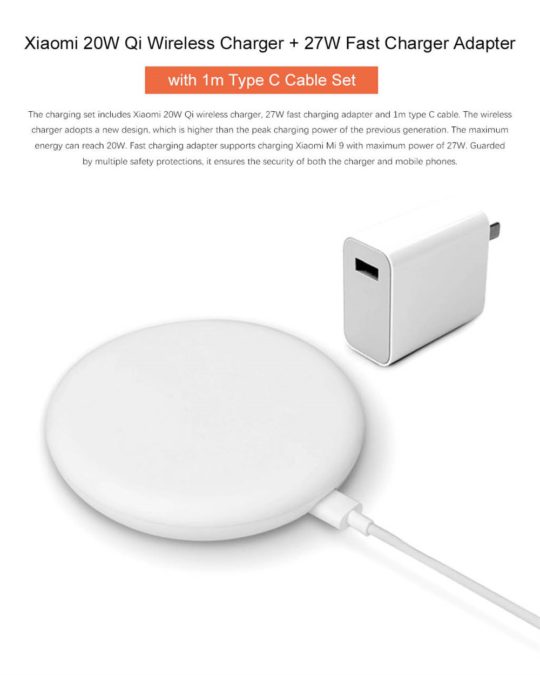Over the past few years, some smartphone manufacturers have paid special attention to wireless charging. Although its speed is usually inferior to wired charging, many users find this method of charging more convenient. For me, for example, the wireless method fits perfectly into the role of night charging. In addition, I installed another “pancake” on the office table, since during working hours the smartphone still lies on the table, and if so, then let it also charge.
But wireless charging technologies also have their own nuances that you should understand if you want to squeeze the full potential out of your smartphone. Today I will try to help you with this by talking about what kind of wireless chargers are available in smartphones today and what to look for when choosing a charging station.
Let’s get started!
5 watts – slow but versatile
The very first Qi-enabled smartphones supported only 5-watt wireless charging with a voltage of 5 V and a current of 1 A. Despite the fact that there are almost no such devices on sale, there are still a lot of 5-watt wireless chargers on the market. And all Qi-enabled smartphones are compatible with them.
The charging speed when using such a station will be extremely slow (from 3.5 hours), but these devices should not be written off. The fact is that this will be quite enough for the role of nightly exercises (if you sleep a normal time and do not practice extreme techniques of polyphasic sleep). In addition, as they say, slow charging has a better effect on battery life.
7.5-10 W – already faster, but with nuances
Most smartphones that support wireless charging today support up to 10W of power. These are almost all Samsung flagships (starting with the Galaxy S7 and Note 5 and ending with the Galaxy S9 and Note 9), iPhones of all Qi-compatible generations, Xiaomi Mi Mix 2S and Mi Mix 3, third-generation Google Pixel, Sony Xperia XZ line. But here a number of nuances begin, which we will dwell on in more detail.
12-15 W – only branded accessories
With even 10-watt wireless charging in no way comparable to fast wired charging, manufacturers continue to think about how to squeeze all the juice out of Qi technology. Last fall, Huawei made a name for itself by equipping its Mate 20 Pro with support for 15W wireless charging.
20 W – so far only one record holder
Xiaomi managed to distinguish itself with the fastest wireless charging, which offers to buy branded wireless charging with a power of as much as 20 W for its Mi 9. It’s the only smartphone so far to take Qi to such heights, and its accessory is the only 20-watt wireless charger on the market. Or you can always go for a reliable usb wall outlet if you are not comfortable with the wireless pads.
Conclusion
This is how diverse the world of wireless charging is today. As is the case with fast wired technologies, each manufacturer tries to solve the issue of speed in its own way. And even seemingly in the universal Qi standard, they introduce their own developments, which they are in no hurry to share with competitors. Well, this is their right, and they can be understood. Standing out in the smartphone market is becoming more and more difficult, and this is one of the most effective tools.

